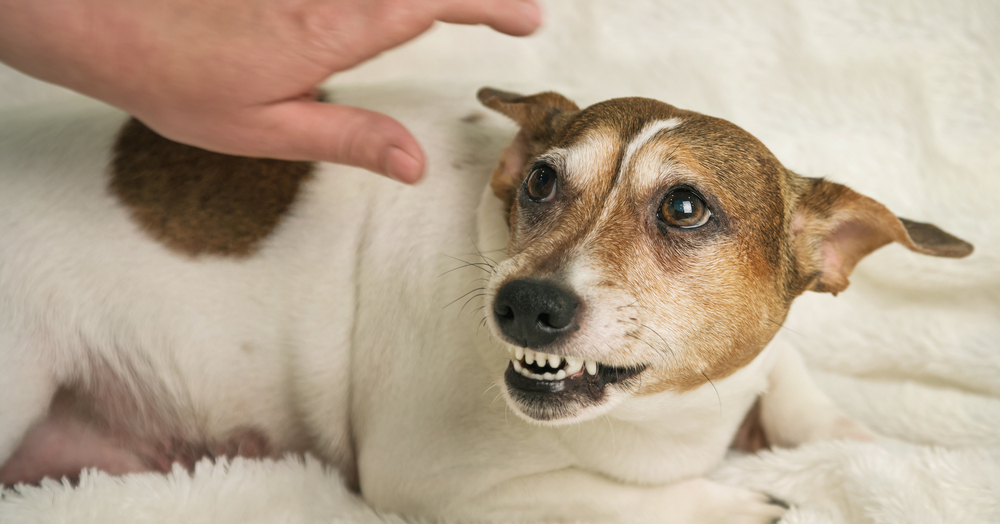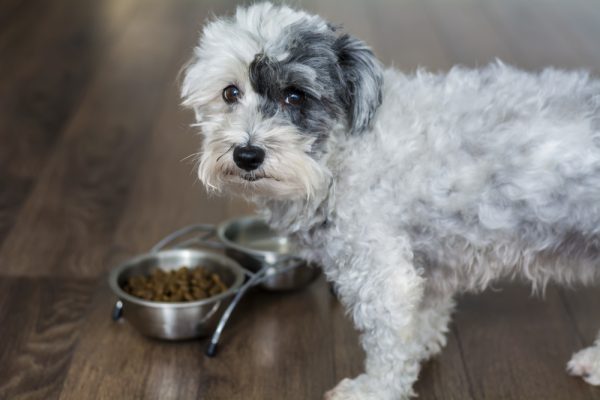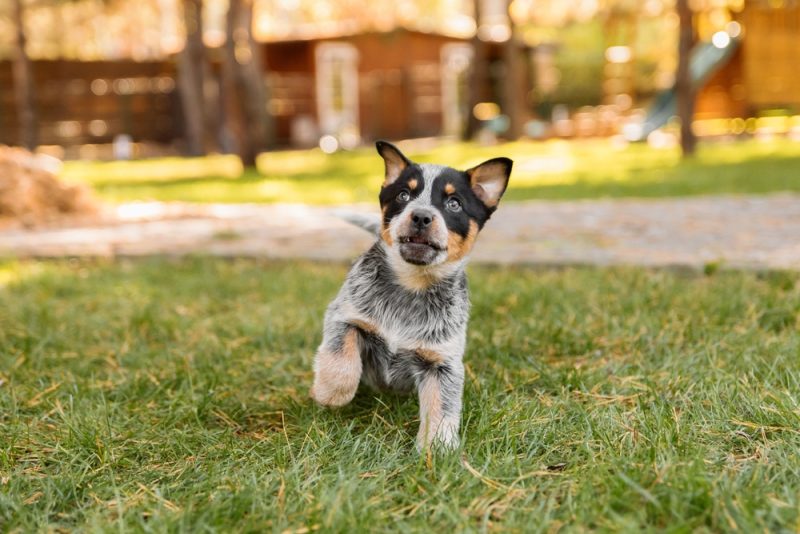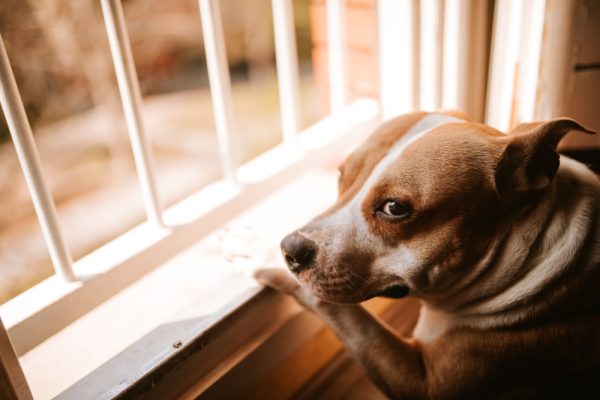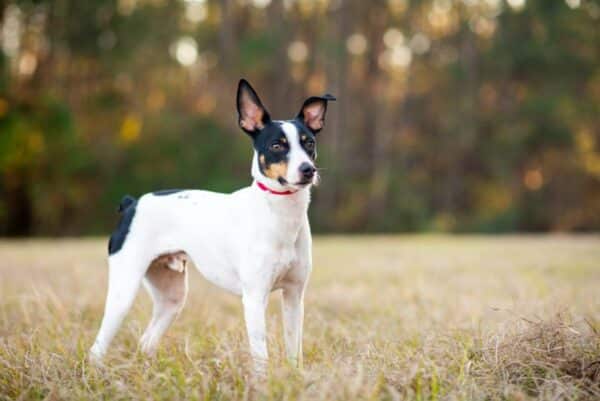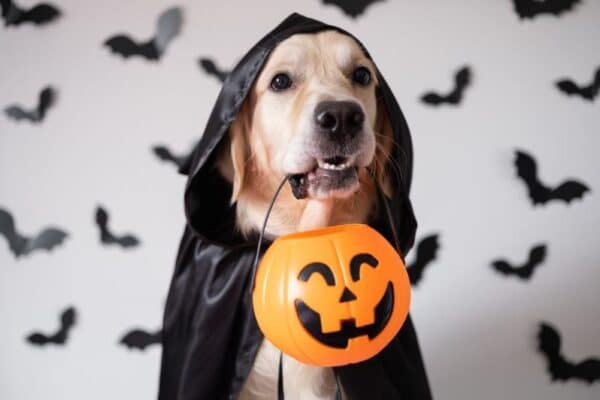In this article
View 3 More +Aggression is one of the biggest reasons pet owners seek the help of animal behaviorists or dog trainers. There are many different types of aggression to look for in dogs. These can be categorized in different forms, usually by their triggers. In this post, we’ll discuss the different triggers and categories of aggression to better understand defensive aggression in dogs, which is a kind of aggression triggered by fear. We will review the signs and management techniques that can help. If your dog is showing signs of defensive aggression and none of the methods in this article work for you, it’s time to seek professional help for your pet.

What Is Defensive Aggression in Dogs?
Defensive means defending oneself, while aggressive means showing hostile or violent behavior toward something or someone. Everyone is capable of defensive aggression, including your dog. When faced with a threat, animals and humans do one of three things: flee, freeze, or fight.
Defensive dog aggression can potentially feature all three of these adrenaline and noradrenaline-induced responses. If your dog shows any of these three reactions to something, they’re scared. Pet parents often ignore the flee or freeze part, but they step in when their dog reaches the fight stage.
This is because defensive aggression, like any other form of aggression in dogs, can be dangerous and needs to be stopped before a person or pet ends up injured or worse.
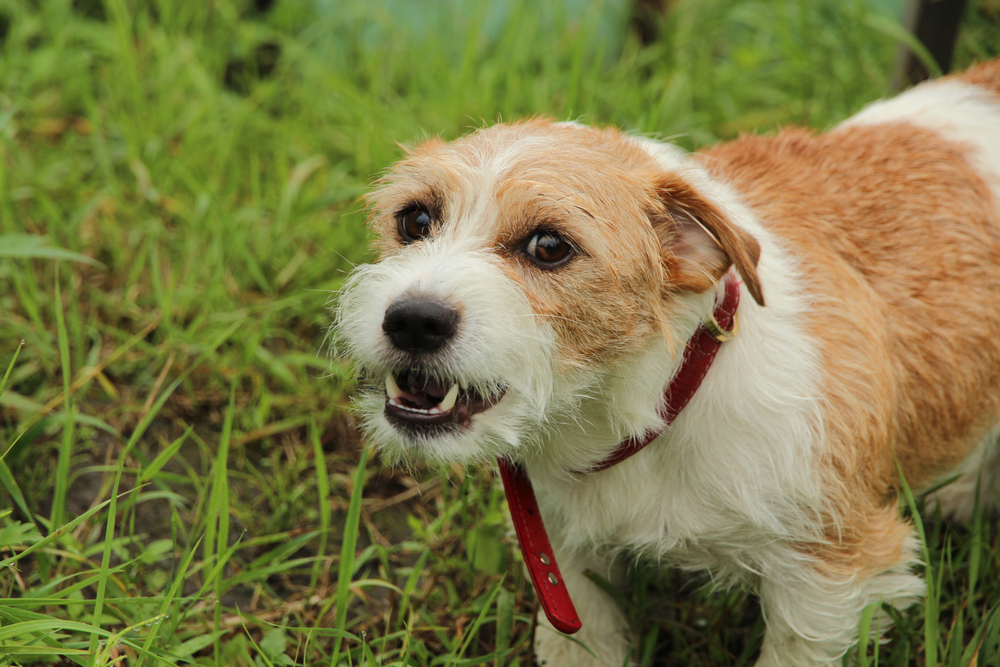
What Are the Causes of Aggression in Dogs?
There are a few causes of aggression in dogs. It’s important to note that it’s unusual for a dog to become suddenly violent and attack someone or another animal. In fact, in most cases, the root cause of the aggression in the dog is poor socialization and training. For your pup to be comfortable and unafraid around other animals and humans, they must be socialized and trained as puppies.
Defensive aggression is the most common form of aggression in dogs. If your dog feels threatened by someone or something, they’ll try to flee, and if that doesn’t work, they’ll freeze and get ready to fight. Once the fight response of their fear kicks in, they’ll attack whatever they’re afraid of.
- Pain or illness
- Fear (which leads to defensive aggression)
- Protecting their territory, possessions, or offspring
- To establish dominance
- Redirected aggression
Pet behaviors can be caused by all kinds of things, but sometimes the source is medical. You can manage veterinary costs with the help of a pet insurance company like Lemonade, which offers adjustable plans and balanced coverage.
What Are the Signs of Defensive Aggression in Dogs?
There are a few signs to watch out for if you think your dog is defensively aggressive. Usually, with this type of aggression, the first signs are signs of fear. They include cowering and tucking their tails under their legs, then turning their heads away to let the threat know they want to be left alone. Spoiler alert: This is the moment to act!
If the human or pet they perceive as a threat doesn’t acknowledge these subtle warnings, the scared dog might bite them.
If your dog is showing fearful body language or defensive aggression, we suggest you speak to a vet.
If you need to speak with a vet but can't get to one, head over to PangoVet. It's our online service where you can talk to a vet online and get the advice you need for your pet — all at an affordable price!


How to Manage Defensive Aggression in Dogs?
Defensive aggression in dogs can become dangerous if it isn’t corrected. The last thing you want is for your pet to bite someone or have to step into the middle of a dog fight. In this section, we’ll discuss how to manage the aggression in your pet before it goes too far.
Observe Your Pet and Be Their Voice
The best way to prevent and treat defensive aggression in your pet is to be alert and read their body language. If another dog approaches you on one of your walks and stresses your dog, walk away from the dog. You can also change your route the next time to reduce the chances of encountering the same canine.
If a strange person tries to pet your dog and you see your dog turn away, support your dog’s decision and ask the person not to pet them. Never force your dog to meet someone or be petted by someone they don’t like.
When your dog is playing with other dogs, keep an eye on them to ensure they’re not being bullied. If you’re in doubt, it’s best to end the play session to be on the safe side.

Increasing Your Dog’s Confidence Starts at Home
If you see that your dog’s fear-induced defensive aggression is worsening despite your attempts to manage it, it’s best to contact your vet for help. Your vet can help you rule out any medical condition or pain triggers and guide you to find a trainer or dog behaviorist who will help you. They will make a handling and management plan to help desensitize and socialize your pup. By increasing their confidence and self-assurance, the perceived false triggers will be enormously reduced. It’s vital not to ignore fear, since it can escalate to aggression in your pet and is generally not good for your dog’s mental health and welfare.
Any type of aggression, even defensive aggression in dogs, can be dangerous for you, your family, strangers, and your dog.

Conclusion
Defensive aggression is a natural response in dogs that feel threatened. If you notice your dog is experiencing signs of fear or this has escalated to defensive aggression, you must intervene for the safety of your dog as well as other people and pets. However, if you are unsuccessful at managing defensive aggression in your dog, it is best to reach out to your vet and a professional trainer for personalized advice.
- Related Read: Possessive Aggression in Dogs: How to Prevent & Stop It!
Featured Image Credit: Bonsales, Shutterstock.jpg

